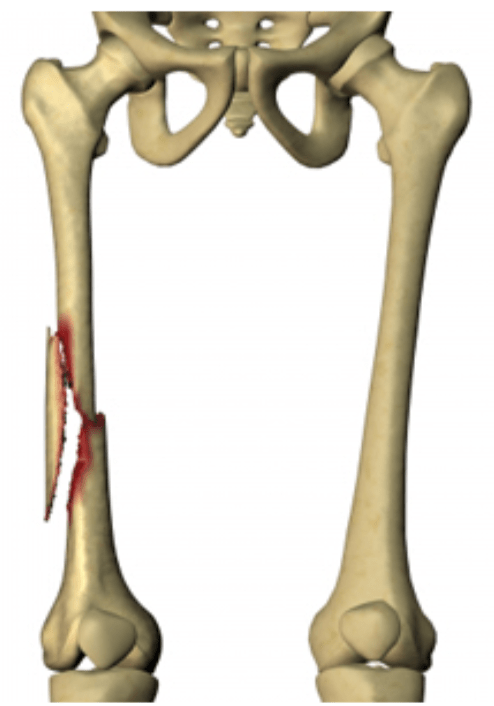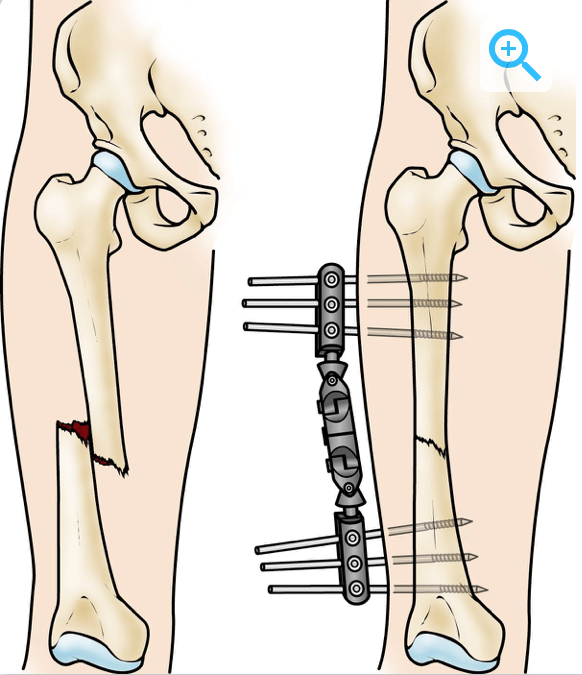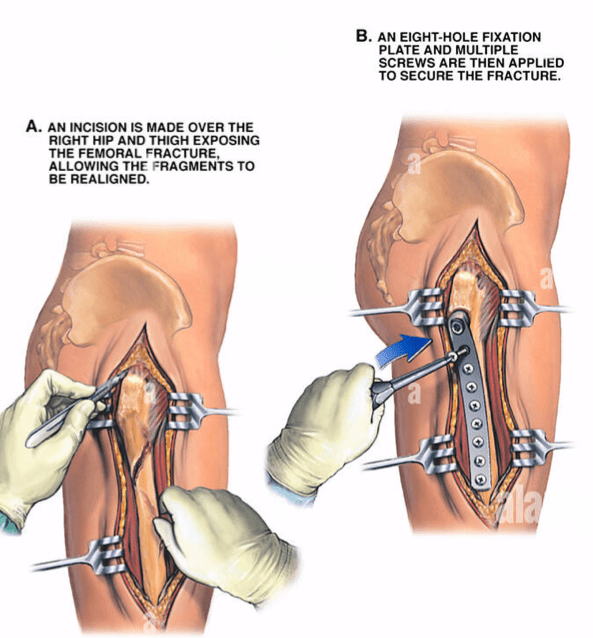
Malalignment or displacement (terms used to describe abnormal position of fracture fragments) of bones requires interventions, which stabilize and immobilize the tissue for optimal healing (Delforge, 2002). Two prominent methods that enhance bony union while reducing chances of malunion (i.e., healed fracture fragments in a malaligned/imperfect position) include the open reduction internal fixation (ORIF) and closed reduction internal fixation (CRIF) (Wang et al., 2014). As a means of appreciating both fixation techniques, the following sections will consider the efficacy, pros, and cons of the aforementioned interventions.

Wang et al. (2014) performed a meta-analysis, which considered the association between healing rate, avascular necrosis (AVN), ORIF, and CRIF interventions. Following inclusion and exclusion criteria, the researchers examined a total of 14 studies (i.e., femoral neck fractures) considering the aforementioned associations. When considering AVN (i.e., death of bone tissue from poor blood supply), Wang et al. (2014) noted significant differences between the ORIF and CRIF interventions; AVN occurrence was higher in CRIF than ORIF. The researchers postulated that CRIF could be inducing higher degrees of pressure on the femoral head, inhibiting blood supply (Wang et al., 2014). The researchers also indicated that AVN is multifactorial; poorly performed CRIF procedures, age, bone quality, and fracture patterns all affected the efficacy of successful bony unions (Wang et al., 2014).

Having considered the pooled results from the meta-analysis, Wang et al. (2014) attempted to determine the “time and place” of both interventions; the researchers indicated that early treatment of femoral neck fractures was critical, and that CRIF interventions would be appropriate for those individuals who had good blood flowand perfusionaround the femoral head. If the intervention produced poor outcomes after 1-2 attempts, ORIF would become the second choice. However, Wang et al. (2014) finally concluded that because of the potential risk of AVN, ORIF might be the ultimate technique to optimize bony union with minimal occurrences of AVN.
As a kinesiologist, this author cannot use or implement said techniques. However, such information still contains with it, a degree of utility; this author would be encouraged to apply a higher level of vigilance to clients who may have experienced, or will experience, such interventions. Awareness of recent injuries, such as femoral neck fractures, would create incentive to contact clients’ healthcare providers, seeking guidance and input when designing exercise programs. Such an approach would help determine the appropriate degree of stress to apply to the bone, while minimizing re-injury and maximizing outcomes.
References
Delforge, G. (2002). Musculoskeletal trauma; Implications for sports injury management.Champaign, IL: Human Kinetics.
Wang, W., Wei, J., Xu, Z., Zhou, W., Zhang, Y., Rong, … Wang, P. (2014). Open reduction and closed reduction internal fixation in treatment of femoral neck fractures: A meta-analysis. BMC Musculoskeletal Disorders, 15,167-171.
-Michael McIsaac
